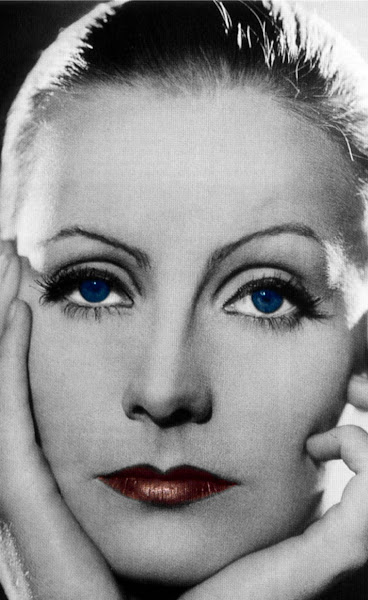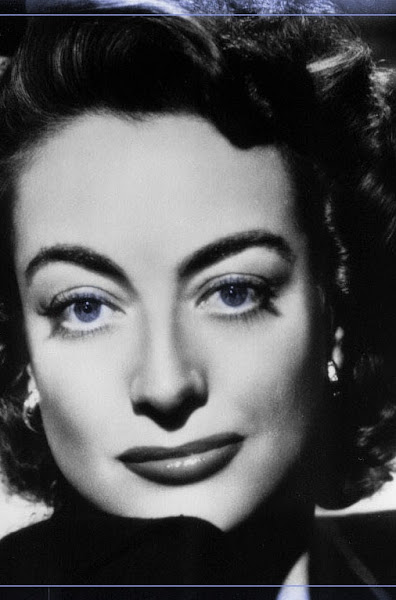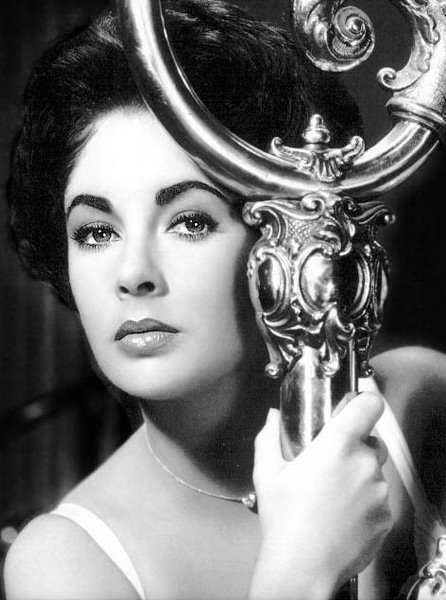
*WARNING: Though this blog has been written for only intellectual purposes, some of the films discussed in this blog are highly sexual in nature and might not be suitable for children under 13. Please get parental permission before reading more.*
In yesterday's "Part One" blog on artist and avant-garde filmmaker Andy Warhol, I discussed his first film, "Sleep" (1963), and introduced him as the kind of filmmaker who challenges conventions and our expectations about film as an art everytime he makes a new movie. Today, I want to explore his other more notable works...
"Kiss" is a 1963 film starring two couples, both of whom kiss in a close-up shot for three minutes each (as a retort to the Hays Code's rule that all onscreen kisses must be no longer than three seconds). And as if that were not enough, the second couple is gay.
"Mario Banana" is a 1964 film starring Mario Montez, a transgendered Factory Superstar who took his name as an homage to the camp icon and famously bad actress Maria Montez.
In the two parts of this queer film (how else would you describe a transgendered person insinuating a taboo act on a banana?), Montez seductively toys with his phallic fruit in one close-up shot. It is important to notice how Montez's erotic eyes constantly strike the viewer during his lewd fellatio. This film is obviously self-aware of its sexuality, and it shows how the relationship between actor and viewer becomes crucial for it to succeed. (It later seems that awareness of the viewer is important for almost all of Warhol's more sexual films after "Sleep" and "Kiss.")
In the same year, Warhol made the erotic, voyeuristic "Blow Job," which is comprised of one lengthy, close-up shot that studies only the pleasure on the face of DeVeren Bookwalter (who is supposedly receiving oral sex from filmmaker Willard Maas, although the camera never tilts down nor zooms out to see this).
What is so awe-inspiring about this particular film is how Warhol tests our ability to suspend disbelief. For example, when we watch any film in general, we "play along" with its artificial construction in order to make it all believable. However, "Blow Job" forces us to believe in it, even more so than usual, because if we do not, then how do we know the handsome Bookwalter is actually getting his titular "Blow Job" and not just going through the motions he would feel if he were getting one? In addition, because the film is silent, Warhol is tricking his viewers into filling the rest of the film with our own imagination: the man on his knees in the lower off-screen space, the moans and words coming from Bookwalter's mouth, and the sensations Bookwalter must be feeling. Therefore, the film has become what we make of it―a personal fantasy, never the same from person to person. Later, Warhol continues to challenge convention by allowing Bookwalter to break the fourth wall, a perception of the viewer that makes us aware of our part in the film (just like in "Mario Banana") and what we have done to fill in the gaps.
Most important of all, "Blow Job" is a watershed of queer film history. In Roy Grundmann's book, "Andy Warhol's 'Blow Job'," he argues that the film is an allegory for America's relationship with homosexuality on film at the time: hidden, practically invisible (just like the fellator in the off-screen space). Indeed, it was only in 1961 that the Hays Code permitted characters with homosexual desires in mainstream films. In 1964, "Blow Job" became a landmark film by not only implying (and accepting) a subject about which no one ever spoke, but by implying (and accepting) the depicted act as occurring between homosexuals.
Warhol would make many more films between 1964 and 1969, and all of them would challenge more conventions of filmmaking. Warhol is especially important to me for his camp and queer sensibilities, which were groundbreaking for their time. I think there is more to learn from his filmmaking, and I hope to do that soon...
June 25, 2009
Random Musing: Andy Warhol (Part Two)
Labels:
queer theory,
random musings
Subscribe to:
Post Comments (Atom)

.jpg)

.jpg)
.jpg)

No comments:
Post a Comment